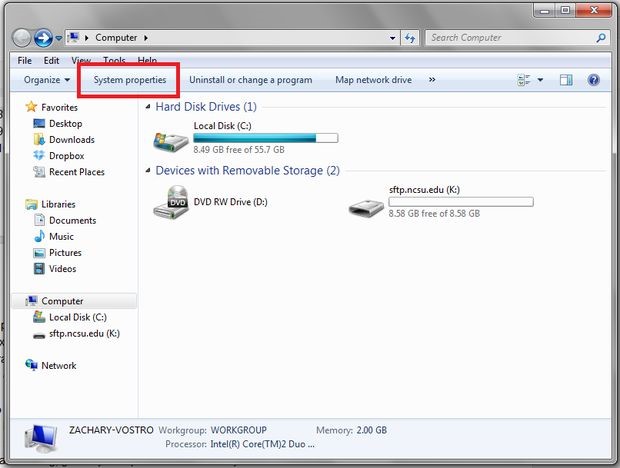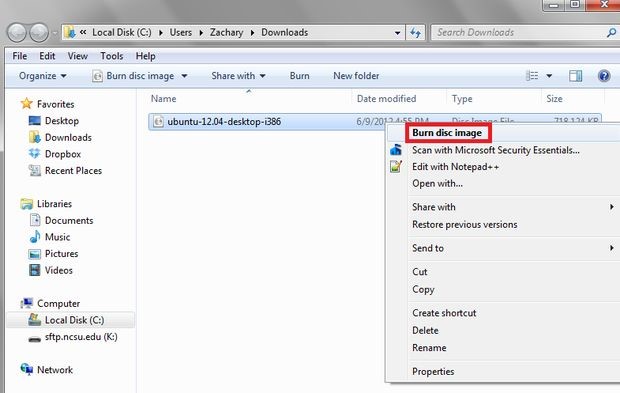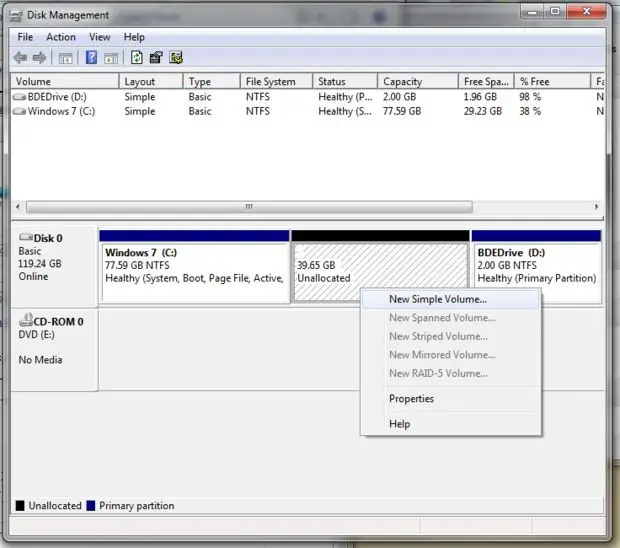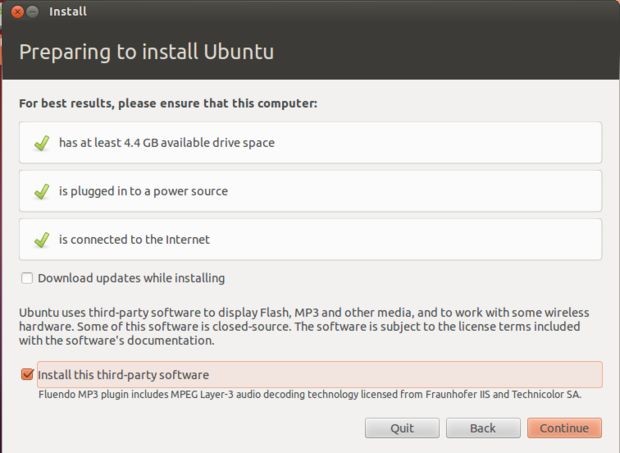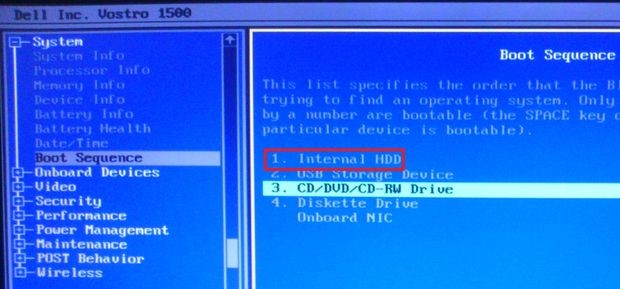Using Windows OS and Linux OS at the same time

Hello! I have HP elitebook 8440p with 1 gb ram, intel i5 processor, 250 gb hard disk with 2gb ram, using Windows 7 on it. I also want to use Linux OS at the same time on my computer. I have heard there are a few emulators which can be used to run these two OS at the same time. Can someone tell me the name of any such software which can be used to run Linux on a windows OS and provide a Linux environment as well? Thanks in advance!



